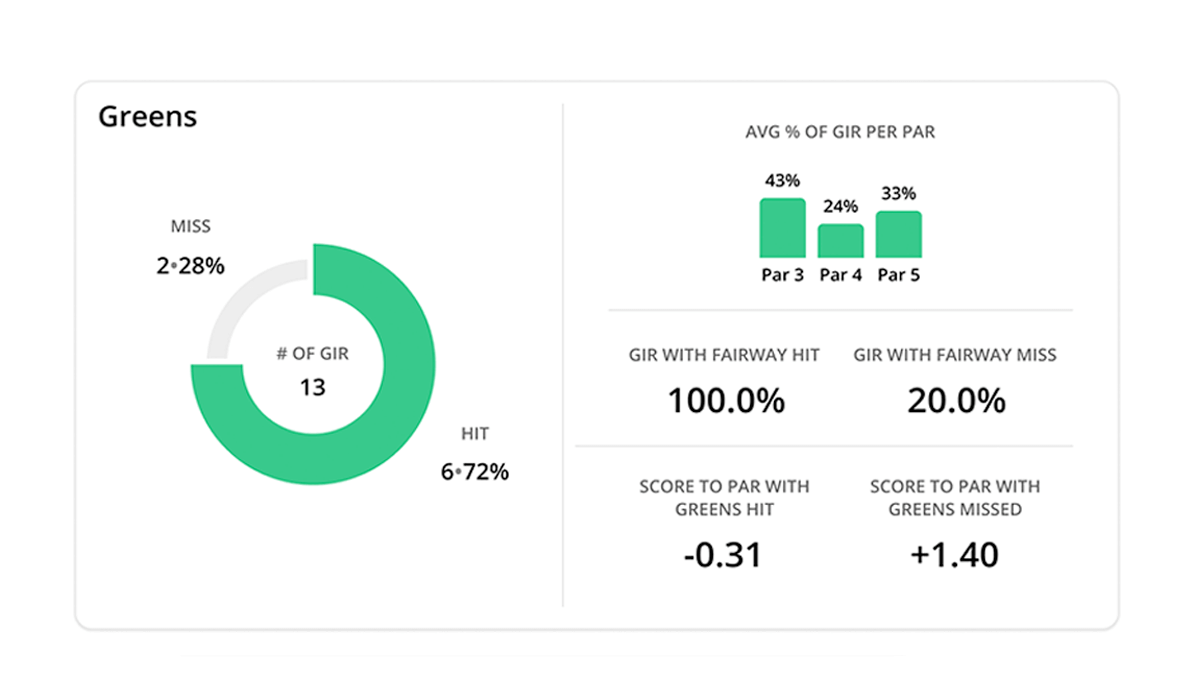Course Reviews
Golfing in the Heart of Tuscany
Explore 33,000+ golf courses in 180 countries.
Follow the latest news and trends in golf.
Connect with like-minded golfers.
Find everything you need for your golf equipment and gear needs.
Travel, golf resorts, lifestyle, gear, tour highlights and technology.
All Square
Suggestions
Course Reviews
Golfing in the Heart of Tuscany
Clubs
Brian Campbell’s Winning WITB at the 2025 John Deere Classic
Accessories
The Best Cart Golf Bags
All Square
Norway’s Golfing Elite: All Square’s Top 10 Courses
Course Reviews
New South Wales Golf Club: A Coastal Gem in Sydney’s Crown
Course Reviews
The Best Links Golf Courses in Scotland and Its Region
Clubs
Aldrich Potgieter’s Breakthrough Win at the 2025 Rocket Classic
Course Reviews
Discovering Golf in the Czech Republic
Amateur Golf
All Paths to a PGA Tour Card
Course Reviews
Ireland’s Ring of Kerry: A Legendary Golf Journey
Course Reviews
A Golf Odyssey Along the Basque Coast: Biarritz & San Sebastián
LPGA
The Rise of Women’s Golf: Key Players to Watch
Course Reviews
The Els Club Vilamoura: Golfing Grandeur in the Algarve
Course Reviews
Golf in Qatar
Accessories
The Must-Have Golf Accessories That Elevate Every Round
Clubs
J.J. Spaun’s Gear: A U.S. Open Triumph at Oakmont
Clubs
What’s in Martin Kaymer’s Golf Bag in 2025?
Media & Press
Jupiter Links Triumphs Over Boston Common Golf in Thrilling TGL Matchup
Accessories
Which Is the Best Golf Radar?

Recording your key stats will keep track of your performance as a golfer and is a proven way of reducing your handicap. But which ones should you record?
Studies have shown that golfers who track key statistics over a year see on average up to a three shot drop in their handicap compared to golfers who don’t.
Your golf statistics are different to your Handicap Index which is an indicator of your overall ability level, taking into consideration the course difficulty and your skill level based on previous scores to give you a net handicap rating.
While professional players on the PGA and European Tours keep all sorts of detailed statistics, for amateur players there are three key ones to record: fairways in regulation, greens in regulation, and putts per greens in regulation. Two additional statistics are also useful indicators about your skill level: scrambling percentage and sand save percentage.
Hitting a fairway in regulation is when your golf ball remains on the fairway when it stops. A fairway in regulation is not recorded when your ball lands on the fairway and then rolls off. All Par 4’s and Par 5’s have this statistic, while Par 3’s don’t. This is an indicator about your game off the tee, particularly with your driver, woods and longer irons.

Hitting a green in regulation is when you land your ball on the green within the required number of strokes. On a Par 3, you should land on the green with your tee shot. On a Par 4, you should land on the green with your second shot. On a Par 5, you should hit the green with your third stroke. This is a useful indicator about your approach play level with long irons and rescue clubs, right through to wedges.

Different to overall putts per round, this golf statistic only records your number of putts when you have reached the green in regulation. Your putts per green in regulation should always be 2 or below. A number greater than 2 means that you have a tendency to 3-putt, which is to be avoided! This is an indicator of your putting accuracy.
This is the total successful up and downs you made (a stroke off the green followed by a successful putt) divided by the total up and down opportunities you had. This statistic is a general indicator of your short game ability.
This is the same as the scrambling percentage statistic, but it is exclusive to up and down opportunities from bunkers only. This statistic is an indicator of your bunker game ability.

Armed with these key statistics, you will have more knowledge about which specific areas of your game you need to work on most to lower your handicap, whether you are out on the course or practising on the range.